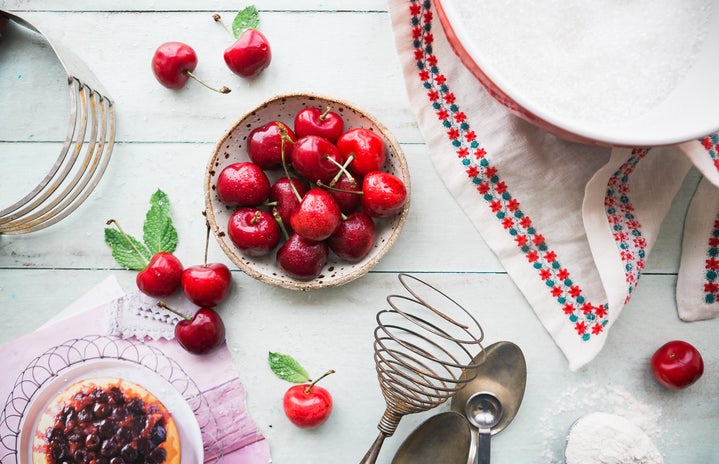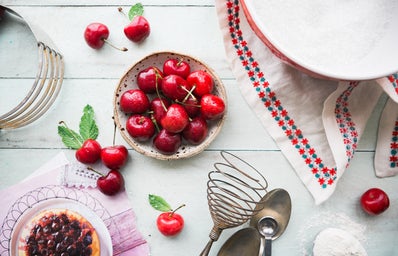The word “heirloom” means something that has been in one family for several generations. It’s basically the same with vegetables; they are considered old-fashioned seeds and plants. It’s also not just vegetables; heirlooms exist in fruits and flowers too. Some people consider heirlooms to have been grown over an extended period of time. Others say heirloom veggies are only heirlooms if they were passed down in one family. Heirloom vegetables are always open-pollinated, yielding a “true breed” so to speak.
There are multiple reasons these vegetables are becoming more popular. Cooking with heirlooms gives your food a superior flavor and they contain a high nutritional content. Not to mention heirloom vegetables look unique and colorful. They aren’t genetically modified and uniform like vegetables we see in the supermarket. Heirlooms are all about variety, texture, richness, and flavor.
Many farmers are saving their seeds and reusing them to save money. Heirloom tomatoes might be the most popular in recent recipes, but there are a variety of heirloom seeds from pumpkins, beans, and greens. But, heirloom gardening can be tricky. The process of harvesting, drying, and properly saving the seeds to be reused is extensive. Make sure not to harvest before the crop is ripe. You can tell if the harvest is ready if the seeds are harder. Drying out the seeds to be re-planted can take two-three weeks. It’s a long process, but worth it to get quality heritage veggies with great flavor.
You can find tons of heirloom tomato recipes alone on Google. Here are a couple of cool and different heirloom recipes to try on your own:

